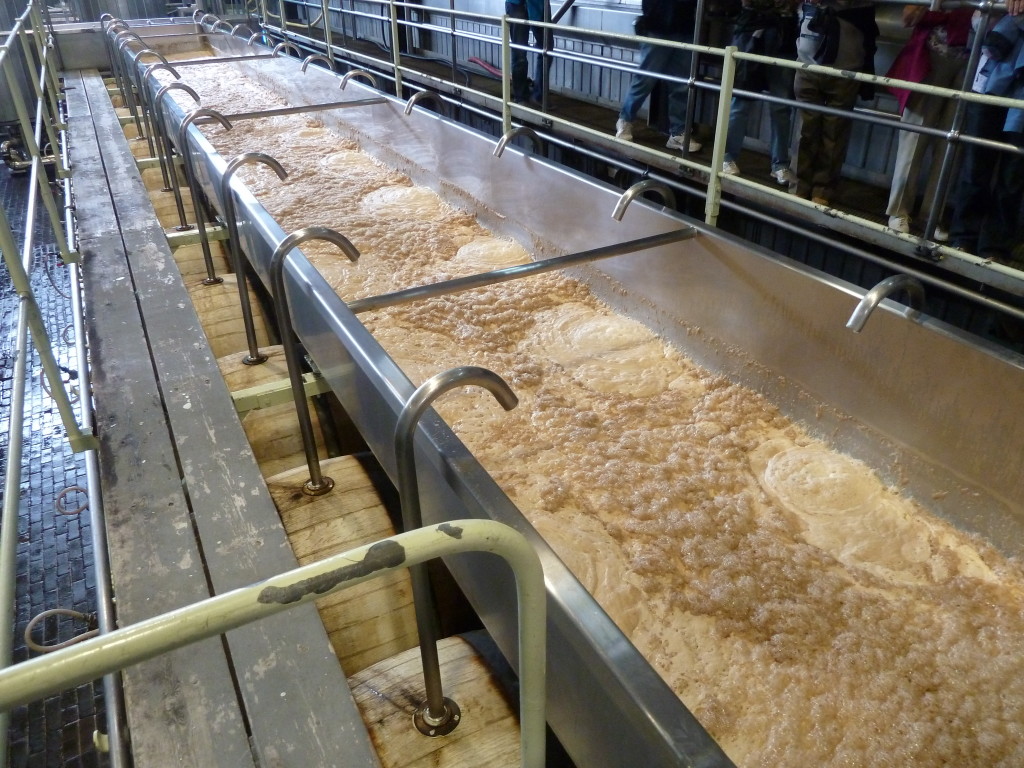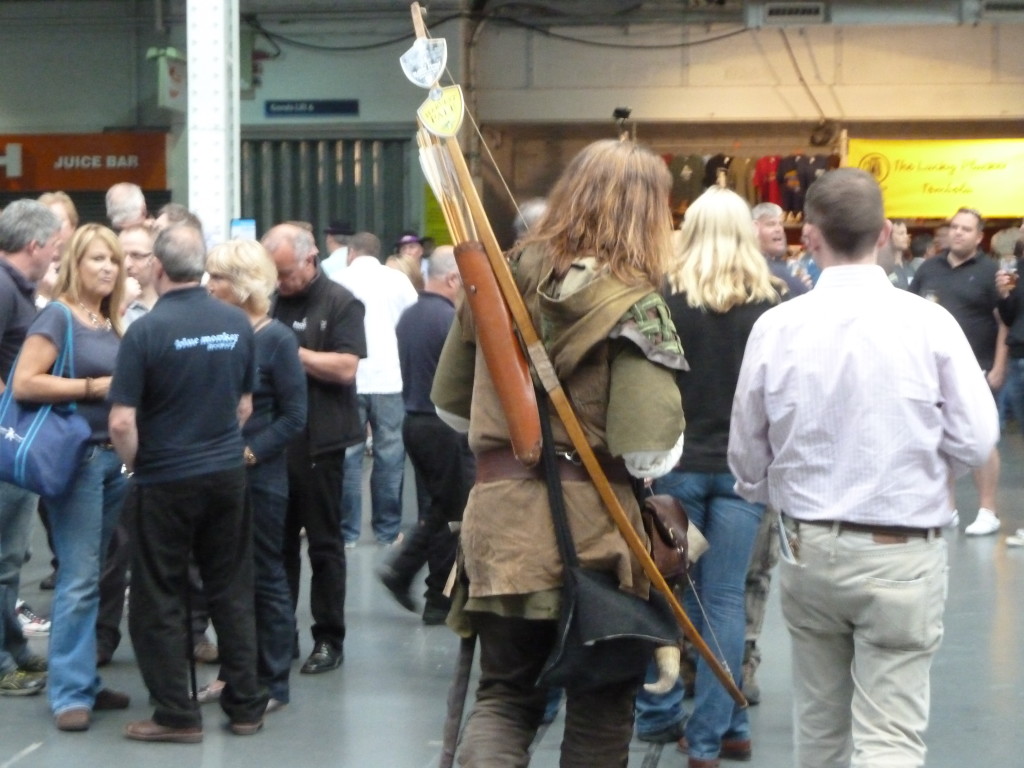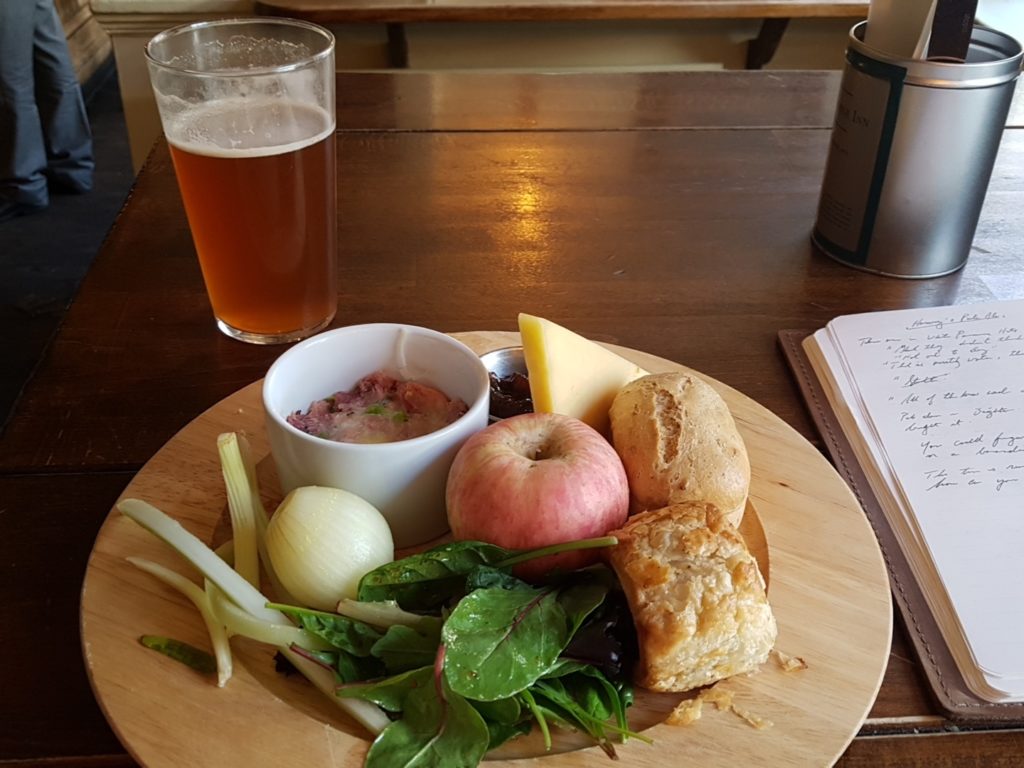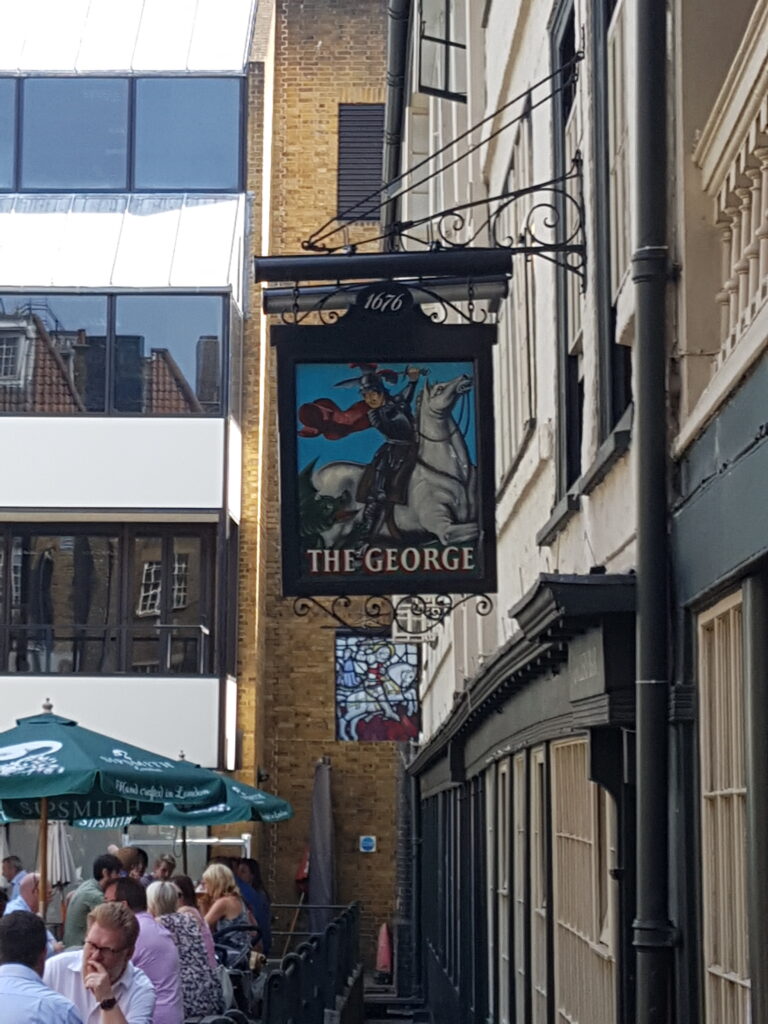It’s hard to say exactly why the wheels came off the lecture. It was probably a combination of things.
There was news out of the UK last week that Marston’s was going to stop using its Burton Union system for yeast propagation, and having been there just over a decade ago to see it in action, that struck me as a loss. By 2013, when I saw it on the brewery tour, the Burton Union was more or less a piece of ephemera; a vestigial piece of kit that functioned largely as the answer to beer nerd trivia. Before its decommissioning, one imagines that the use had dwindled somewhat. I found that sad, but in writing about it at the time, observed that it was probably needlessly finicky.
It could have been Nick Pashley’s piece from Good Food Revolution in which he related his recent vacation to England and the alarming fact that there are now under 100,000 pubs in the country. You couldn’t visit them all, but it’s nice to know they’re there. You know it’s a good piece of writing when it makes you price flights to Gatwick. Between that and the pictures of pubs in light dusting of snow that Roger Protz posted around Christmas time, I had developed a certain yen for a well pulled pint of Old Hooky.
The last straw was probably James O’Brien, who I listened to yesterday morning on the subject of food import checks in the wake of Brexit, complete with sound clips from Boris Johnson and Jacob Rees-Mogg. Essentially, survival in the UK is going to get more expensive because of decisions about imported goods from Europe that were not completely thought through. Minor things like meat, fruit, and vegetables. They’re three PM’s past the declaration that there would be “adequate food.”
None of this helped my mindset when redesigning the lecture on beers from the UK. I had thought that this piece would be about the importance of deciding what to include and what to exclude when talking about beer history, but I ended up talking about the present moment during a fairly lengthy digression towards the end of the lecture.
The mistake I made was to take it personally. I’d replaced Fuller’s London Porter with Clifford Porter from Hamilton and Fuller’s ESB with Clifford’s Dark Streets of London from Hamilton. I was updating the BJCP beer style slides when I noted that Timothy Taylor Landlord was no longer an “English Pale Ale” but rather a Strong Bitter. And that Robinson’s Iron Maiden Trooper was a Strong Bitter. And that Greene King’s Abbot Ale was a Strong Bitter.
We got to Thornbridge Jaipur IPA, first brewed in 2005, which is maybe the most exciting UK import we’ve got at the moment, and I realized that while it is an official example of an English IPA according to the BJCP, it contains six American hop varieties. It is an English version of an American version of an exported reimagined English conceit from thirty years prior. It’s a very good beer, but it’s no more an English IPA than Sierra Nevada Torpedo.
The creeping homogenization of the beer world in the wake of IPA is a little dispiriting, and I wondered whether having exported so much of the conceptual underpinning of English beer culture whether, especially given the decline of pubs in the wake of supermarket specials, they’ll just end up with row after row of generic hazy juicy London murky at the Marks and Sparks. I’m afraid I said this last quiet part out loud which rather dampened the mood.
The beers the students seemed to like most were Timothy Taylor Landlord and Greene King Abbot Ale. They’re easily the most English, and fairly complex and nuanced, not that the others are bad beers. They’re just not the genuine article.
Landlord was described as tea like, mossy, earthy, green, slightly woody, with a touch of spicy character. Very largely redolent of the hop fields of Kent if such acreage remains. Abbot Ale, designed 1951, more or less tastes like one imagines post war tea time might have in some idealized Enid Blyton sort of way: honey, caramel, a touch of confectioners sugar, a gentle hop spice note in the background that put the students in mind of a light cinnamon bun. They’d both be better on cask, but you can’t really do that in a classroom setting. For having seven hours of experience, I’d say they did a bang up job.
I remember having come back to Toronto in 2008 with some bottles of beer that the regulars at Bar Volo talked of fondly. Sid and Allie and Rog and Ade. While they were very appreciative of the effort, it amounted to more or less a tut and pat on the head because I didn’t understand the nostalgia of it properly. The past is a different country and they were quite fond of the pubs there.
I’m looking forward to getting back to England eventually, not having been since 2018. I’m very jealous of Adrian Tierney Jones, who’s writing a book on Hook Norton. I’d quite like to go there, never having quite been able to work out the Cotswolds bus schedule. I’m a little worried about what it will look like. I know it’s been very hard on people since Brexit and COVID. I’m sure that I’m probably imagining the decline of characterful, quintessentially English beer because there isn’t as much on shelves here as there once was. I suppose I’m worried that a lot of English beer history is actively on the way to becoming apocrypha, not unlike the Burton Union system.
I guess I’m wondering whether there will be adequate honey still for tea.




Pingback: So You Want To Be A Teacher - Regression - St. John's Wort